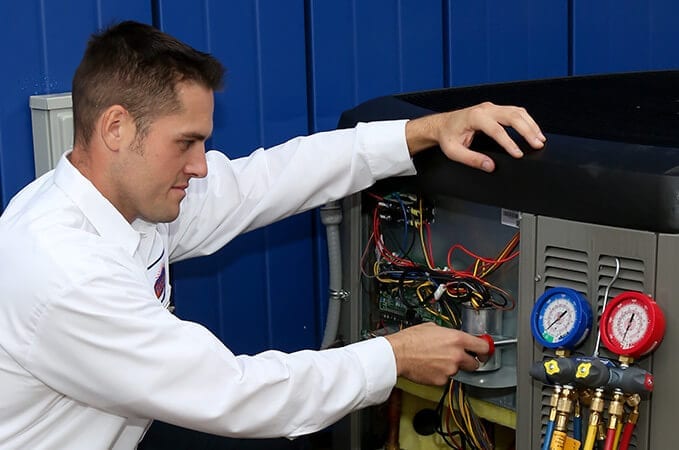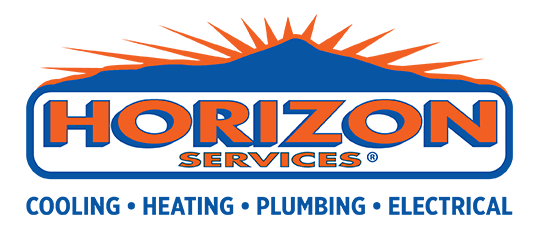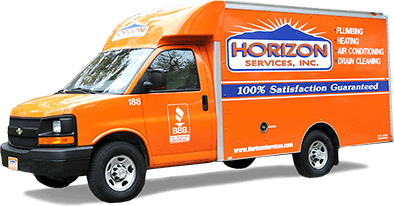
Year Round Performance That Can Save You Money!
For many homeowners in Delaware, Pennsylvania and Maryland, a heat pump is an energy-efficient, money-saving alternative to furnaces and air conditioners for home heating and cooling needs.
What’s a heat pump? It’s a system that uses electricity to move heat from a cool space into a warm space, making the cool areas cooler and the warm areas warmer. There’s always some heat in the air, even air that feels cool cold to our skin. During the winter months, heat pumps draw and extract heat from the outdoor air and move it into your warm house. In the summertime, heat pumps move heat from within your house into the warm outdoors. Because these devices actually move heat rather than generate heat from fuel sources, heat pumps can provide up to 4 times the amount of energy they consume.
If you have electric heat, a heat pump can reduce your electric consumption by as much as 30%–40%. High-efficiency heat pumps also reduce humidity better than standard central air conditioners, resulting in less energy usage and more cooling comfort in summer months.
How Most Heat Pumps Work
The most common type of heat pump is the air-source heat pump, which transfers heat between your house and the outside air.
In cooling mode, an air-source heat pump evaporates a refrigerant in the indoor coil. ; as the liquid evaporates it pulls heat from the air in the house. After the gas is compressed, it passes into the outdoor coil and condenses, releasing heat to the outside air. The pressure changes caused by the compressor and the expansion valve allow the gas to condense at a high temperature outside and evaporate at a lower temperature indoors.
In heating mode, an air-source heat pump evaporates a refrigerant in the outdoor coil; as the liquid evaporates it pulls heat from the outside air. After the gas is compressed, it passes into the indoor coil and condenses, releasing heat to the inside of the house. The pressure changes caused by the compressor and the expansion valve allow the gas to evaporate at a low temperature outside and condense at a higher temperature indoors.
When properly installed, an air-source heat pump can provide extremely efficient heating and cooling for your home, especially if you live in a warm or generally moderate climate. But the efficiency of most air-source heat pumps as a heating device drops dramatically during extended periods of sub-freezing temperatures, generally making them unsuitable for cold climates. However, today’s air-source heat pumps offer much greater performance and efficiency than those produced 20-30 years ago. Recently, new air-source heat pump systems with gas heating as a backup have come on the market and can overcome this cold-weather problem.
Other Types of Heat Pumps
- Ductless, Mini-Split Heat Pumps: For homes without ducts, air-source heat pumps are also available in a ductless version called a mini-split heat pump. These heat pumps make good add-ons to houses with non-ducted heating systems, such as hot water heat, radiant panels, and space heaters. They can also be a good choice for room additions, where extending or installing distribution ductwork is not feasible. The main advantages of mini splits are their small size and flexibility for zoning or heating and cooling individual rooms. Mini-split systems are also often easier to install than other types of heating and cooling systems. And since mini splits have no ducts, they avoid the energy losses associated with ductwork of central forced air systems. The primary disadvantage of mini splits is their costs (typically 30% more than central systems). they are also difficult to size and install and often unappealing to the eye.
- Geothermal Heat Pumps: Geothermal heat pumps use the constant temperature of the ground or a nearby water source as the exchange medium instead of the outside air temperature. This allows the system to reach fairly high efficiencies (300%-600%) on the coldest of winter nights, compared to 175%-250% for air-source heat pumps on cool days. Although they cost more to install, geothermal heat pumps have significantly lower operating costs than traditional air-source heat pumps because they take advantage of relatively consistent ground or water temperatures. Generally speaking, they are quieter, last longer, need less maintenance.
- Absorption Heat Pumps: A relatively new type of heat pump for residential systems, absorption heat pumps are essentially air-source heat pumps driven not by electricity, but by a heat source such as natural gas, propane, solar-heated water, or geothermal-heated water. Because natural gas is the most common heat source for absorption heat pumps, they are also referred to as gas-fired heat pumps. Because of their large size, absorption heat pumps are mainly used in industrial or commercial settings, though some absorption heat pumps are now available for large residential homes. Absorption heat pumps usually only make sense in homes without a source of electricity. But they offer greater flexibility than other heat pumps in that they can make use of any heat source. Because of this, they can make use of solar energy, geothermal hot water, or other heat sources.
Selecting a Heat Pump
Every residential heat pump sold in the United States has an Energy Guide Label, which describes the heat pump’s heating and cooling efficiency performance rating. There are two efficiency ratings you should look for on this label:
- The Heating Seasonal Performance Factor (HSPF): This is a rating of the heat pump’s heating efficiency. It is a ratio of the seasonal heating output in Btu divided by the seasonal power consumption in watts. The most efficient heat pumps have an HSPF of between 8 and 10.
- Seasonal Energy Efficiency Ratio (SEER): This is a rating of a heat pump’s cooling efficiency. It is a ratio of the seasonal heat removed in Btu per hour to the seasonal power consumption in watts. In general, the higher the SEER, the higher the cost. However, the energy savings can return the higher initial investment several times during the heat pump’s life. Upgrading from an older cooling system with a low SEER rating to a new one with a higher SEER rating can produce significant energy savings year in and year out. The most efficient heat pumps have SEERs of between 14 and 18.
Since 2006, the U.S. Department of Energy has required central heat pumps to have a minimum rating of 7.7 HSPF. In warmer climates, SEER is more important than HSPF; in colder climates, focus on getting the highest HSPF feasible.
When choosing an air-source electric heat pump, be sure to look for the ENERGY STAR® label, which is awarded to those units with SEERs of 12 or greater and HSPFs of 7 or greater. It’s your best assurance that you are getting a high-efficiency heat pump.
Other factors to consider when choosing and installing air-source heat pumps:
- Select a heat pump with a demand-defrost control. This will minimize the defrost cycle, reducing energy use.
- If adding a heat pump to an electric furnace, the heat pump coil should usually be placed on the cold side of the furnace for the greatest efficiency.
- Because fans and compressors make noise, locate the outdoor unit away from windows and buildings. Select a heat pump with an outdoor sound rating of 7.6 bels or lower. You can also reduce noise by mounting the unit on a noise-absorbing base.
- High winds can impede an outdoor unit’s defrosting ability and negatively affect overall performance. You should try to position your unit so that it is shielded from the wind. Bushes and fences make excellent shields.
Operating and Maintaining Your Heat Pump
Proper operation and maintenance of your heat pump are key for efficient performance. The difference between the energy consumption of a well-maintained heat pump and a severely neglected one ranges from 10%–25%.
- Do not set back the heat pump’s thermostat if it causes the backup heating to come on; backup heating systems are usually more expensive to operate.
- Continuous indoor fan operation can degrade heat pump performance; operate the system on the “auto” fan setting on the thermostat.
- Clean or change filters once a month or as recommended by the manufacturer’s instructions. Dirty filters, coils, and fans reduce airflow through the system and decrease system performance.
You should also have a professional heating/cooling technician service and tune-up your heat pump at least once a year. Such a tune-up should cover:
- Inspection of ducts, filters, blower, and indoor coil for dirt and obstructions
- Identifying and sealing duct leakage
- Verifying adequate airflow
- Measuring refrigerant levels, recharging, and checking for leaks
- Inspecting electric terminals; cleaning and tighten connections
- Lubricating motors
- Inspecting belts for tightness and wear
- Verifying correct thermostat operation.


